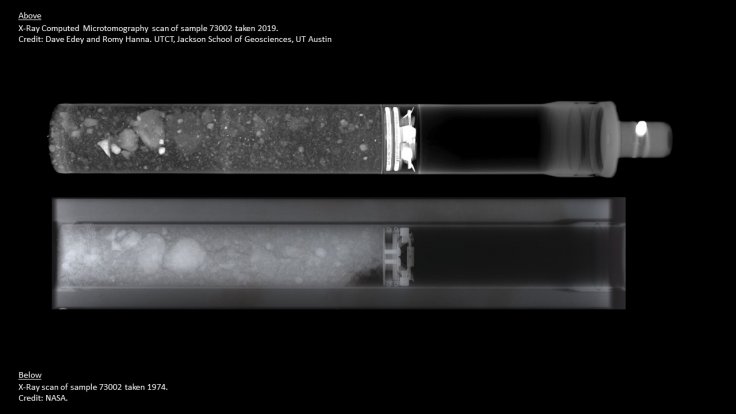Through an innovative technique, scientists in the US can now collect valuable information from just a single grain of Moon dust. According to the scientists, the new method will help conserve the limited supply of lunar samples collected by NASA's Apollo Moon missions.
The samples that scientists are currently studying came from NASA's last expedition to the Moon, which was the Apollo 17 mission in 1972. Since humans haven't returned to the Moon in almost five decades, the lunar samples for scientific studies could soon run out.
A Frugal Way Of Studying Moon Dust

Since the supply of the Moon dust is limited, scientists from the University of Chicago looked into new ways of efficiently studying the samples. Through their research, they came up with an innovative technique known as atom probe tomography (APT). As its name suggests, APT involves using high-resolution images of each sample's atom. This means that even with a tiny grain of moon dust, scientists will be able to gather as much information as they can by studying its atoms.
Geophysicist Philipp Heck of the University of Chicago noted that aside from conserving the remaining Moon dust, the new method could be used to carry out major studies with small samples. "Fifty years ago, no one anticipated that someone would ever analyze a sample with this technique, and only using a tiny bit of one grain," he said in a press release. "Thousands of such grains could be on the glove of an astronaut, and it would be sufficient material for a big study."
Using The APT Method On Moon Samples

Heck and his team recently used APT to study a nanoscopic speck of Moon dust. For their experiment, scientists carved out a needle-shaped sample from a single grain. They then used a laser to knock off atoms one by one from their sample. As the atoms get thrown off by the laser, they fly off and hit a detector plate. According to the scientists, how the atoms strike the plate provided them with information regarding the sample's actual composition.
For instance, since iron is a heavier element than hydrogen, it takes longer to hit the detector plate once it flies away from the sample. "This technique has such high sensitivity and resolution, you find things you wouldn't find otherwise and only use up a small bit of the sample," Heck stated.









